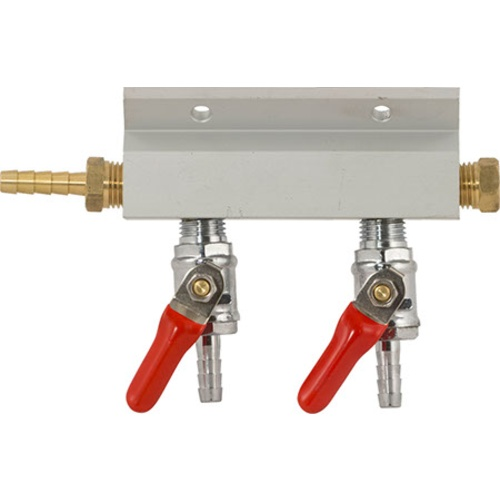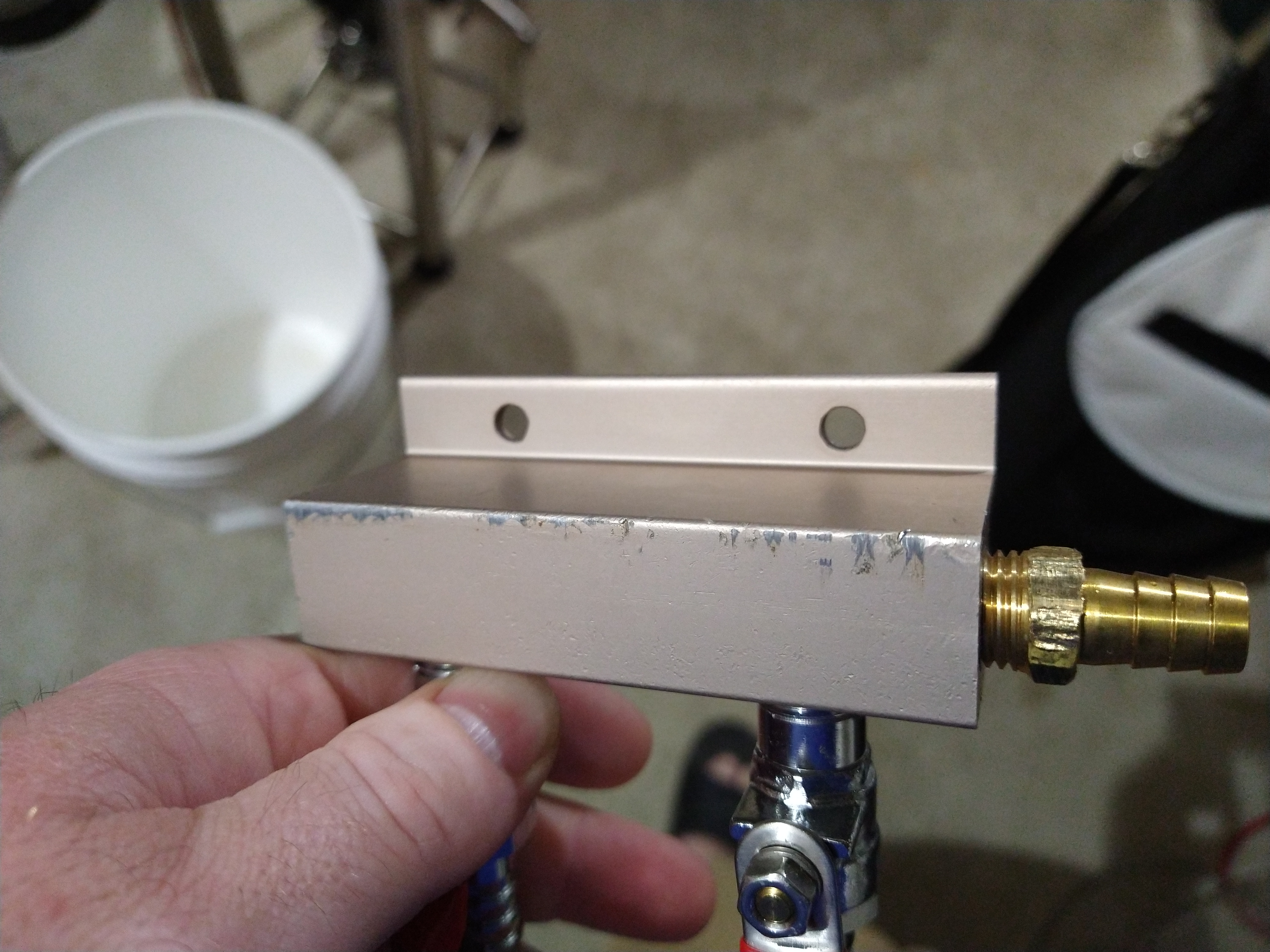agentbud
Well-Known Member
On most gas manifolds there is an inlet on one end, 2 or more outlet valves in the middle and a plug on the other end. I assume the plug is there so that you can swap the inlet to the other side if needed. However, can you also remove the plug and screw in one more outlet valve on the end instead? Or does the plug serve some other purpose that requires it to be there?
I have a 2-outlet manifold but need three. I have an extra valve and was wondering if it works ok to remove the plug and screw the valve in to the end.
I have a 2-outlet manifold but need three. I have an extra valve and was wondering if it works ok to remove the plug and screw the valve in to the end.

























































![Craft A Brew - Safale S-04 Dry Yeast - Fermentis - English Ale Dry Yeast - For English and American Ales and Hard Apple Ciders - Ingredients for Home Brewing - Beer Making Supplies - [1 Pack]](https://m.media-amazon.com/images/I/41fVGNh6JfL._SL500_.jpg)

